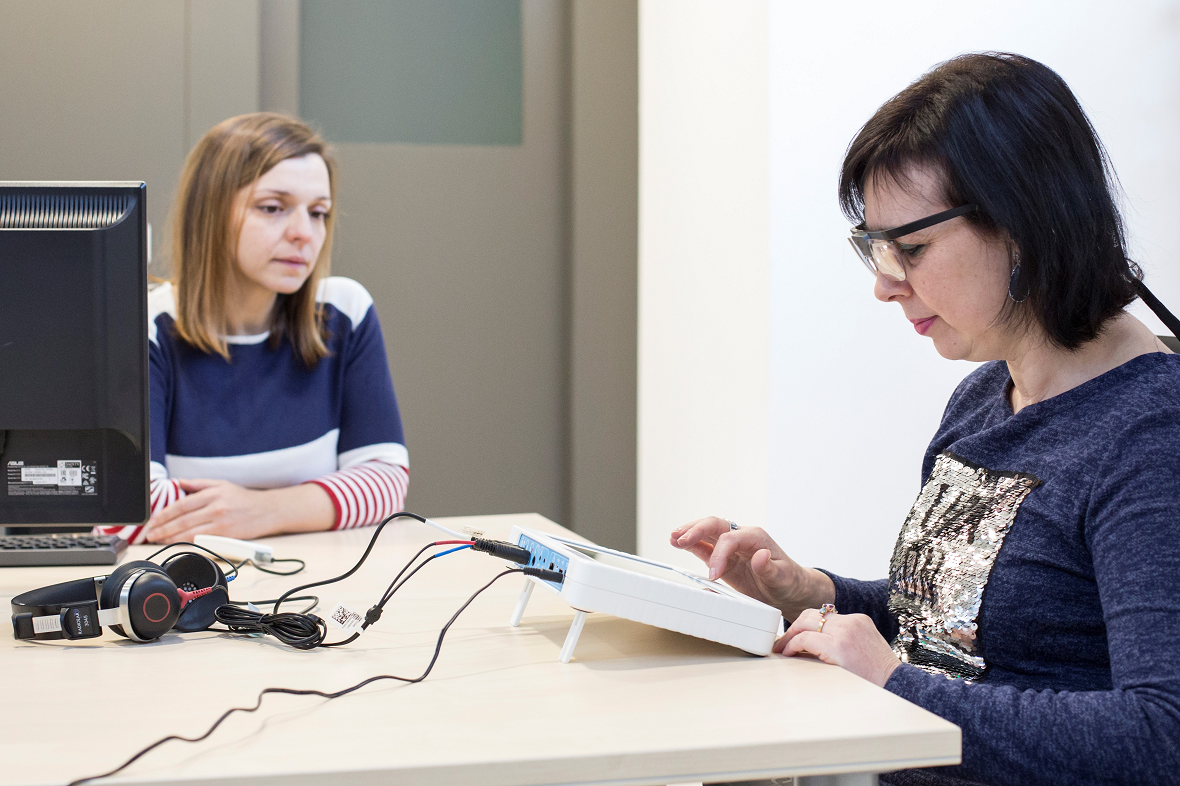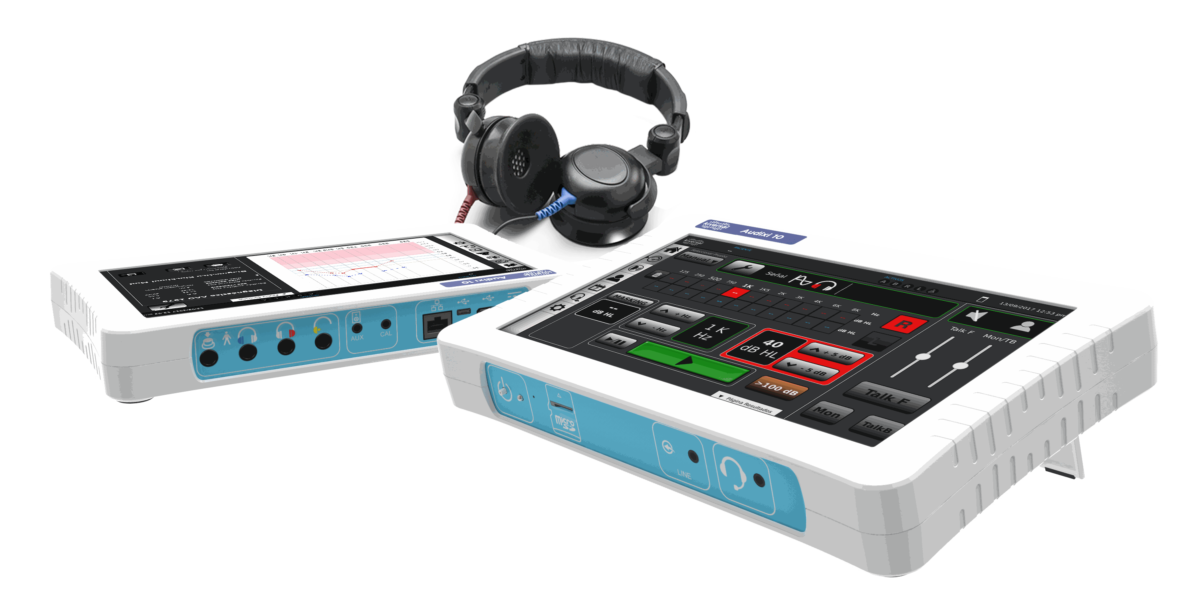Developing medical devices is quite common nowadays, but the process is very strict and manufacturer companies have to ensure the usability and safety of users because they are governed by law.
Kiversal‘s first device is Audixi 10, an IoT smart audiometer, before launch it to the market the company needed usability proof and this is the story about our work together.
When usability is a must
During the development of new hardware aimed for medical use, the user research process is dramatically reduced by the own target audience of the product.
But, on the contrary, due to legal requirements, usability and safety become transcendental and mandatory.
Before launching Audixi 10, running usability tests was mandatory.
Regulatory requirements
The main standard of usability to be used for medical devices intended to be sold to the market is IEC 62366: Medical devices — Part 1: Application of usability engineering to medical devices.
This is a process-based standard for analysis, design, verification, and validation of usability through the development cycle of the medical devices as it relates to their safety. It also aims to help manufacturers of medical devices to design for high usability.
So the task in this situation was very clear: before launching Audixi 10, running usability tests was mandatory.
Heuristic evaluation before testing
Before conducting any usability tests, I usually do a heuristic evaluation of the product using Nielsen’s usability heuristics.
Running a heuristic evaluation before beginning a round of usability tests will reduce the number and severity of design errors discovered by users, helping minimize problems and distractions during the usability testing.
The work dynamic was:
- Heuristic evaluation of the interface on my own. I know, it’s not ideal doing a single one-expert evaluation, but I was the only usability expert.
- Write a small report that gathers the main findings.
- Meeting with the company and address the points of the report one by one.
- Prioritize the changes to be made before running the usability test.
Although heuristic evaluations are no substitute for usability testing, they can help improve the potential of usability tests if they are used in conjunction as in this project.
Usability testing
In this case, the medical device legislation is very clear, the usability and safety of the device must be guaranteed for both patients and doctors.
Test objectives were aligned with these guidelines:
- Identify the design and usability problems of a product in order to improve the efficiency, productivity, and satisfaction of the use by each user.
- Test the product in a controlled environment with the intervention of people who represent the target audience.
As Audixi 10 will be used in medical clinics and operated by qualified staff, the people recruited for the test were medical professionals who regularly use perform hearing diagnostics or audiometry tests.

Using a recruitment service, 15 people were recruited as follows:
- 6 Occupational health nurses.
- 6 Audiologists
- 3 MD Otolaryngology Specialists
The test simulated Audixi 10 first usage, its configuration, and the conduction, with a patient, of one of the most frequently performed hearing tests.
Findings
Two usability test rounds were carried out, which allowed the product iteration between rounds. Changes were made based on findings from the first round, allowing a gradual improvement of the device usability.
Some usability issues solved between iterations were:
- A piece of information should appear on the device screen when a peripheral is misconnected.
- The security icon that allows crossing the recommended hearing threshold should be more interface relevant, during the sessions participants appreciated it was not visible enough.
- Shutdown interface option should be implemented because, due to the similarity of the device with a tablet, participants have searched for this option.
- The Information Architecture of the test type selection menu should be restructured since the participants have experienced doubts.
- Controls should be improved: Some controls, while functional, are cumbersome to use, and participants have complained that it made them less efficient.
After these testing sessions and subsequent corrections, Kiversal was able to obtain certification for the device and Audixi 10 is currently sold in multiple countries.
Testimonial
In the following video, you can watch Piedad Díez, co-founder of Kiversal, talking about Kiversal’s experience with usability testing. If you don’t speak Spanish, you can activateYoutube’s automatic translation.
